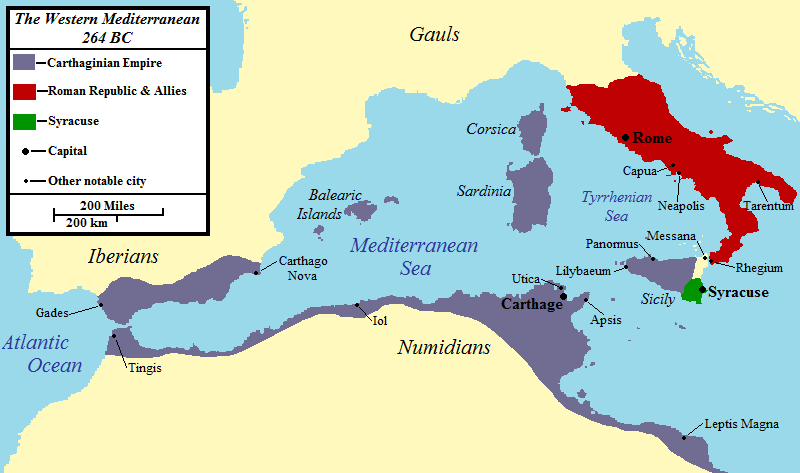
Italian marine archaeologists have salvaged 3,422 bronze coins found on the seabed just off the Italian island Pantelleria near Sicily. The coins are believed to be from Roman times. More specifically from between 264 and 241 BCE.
This is when the up and coming power of Rome and the North African superpower Carthage fought for dominion over Sicily in the First Punic War.
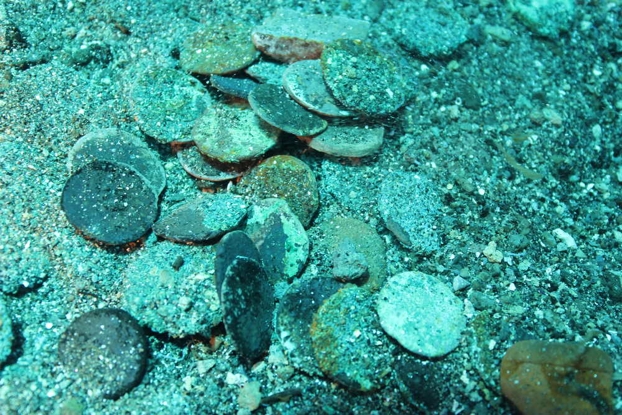
The small island of Pantelleria is located between Sicily and Africa, what we today call Tunisia. And the island was conquered by Rome in 255 BCE. But the historical records indicate that the Romans lost the island to Cartage a year later already.
Analysis of the coins reveals that they were minted in Carthage. And it is speculated that these coins could have been part of funding the war for Carthage. The experts believe that they must have come from the treasury of Carthage since they all feature the same iconography.
On one side, they show Kore/Tanit, the ancient goddess of fertility, whom Carthaginians worshiped on the island around 550 BCE.
Archaeologist Leonardo Abelli, director of the excavation, told Discovery News: “Since all coins feature the same iconography, we believe that the money served for an institutional payment. Indeed, ordinary commercial transactions contain a different kind of coins,”

The experts also speculate that they the money could have been on their way to fund anti-Roman groups in Sicily, who were common enemies of Rome.
The Romans lost the island of Pantelleria to Cartage in 254 BCE but would eventually reclaim the island in 217 BCE. And a year after Carthage sent Hannibal and his elephants over the alps starting the Second Punic War. Later, the rugged, windy island would see use as an exile destination for scofflaws of high rank and members of the Imperial family.

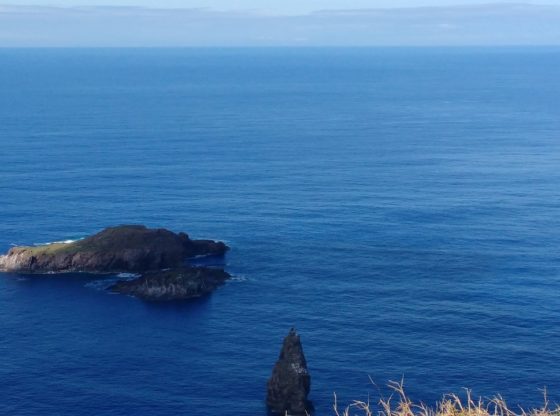
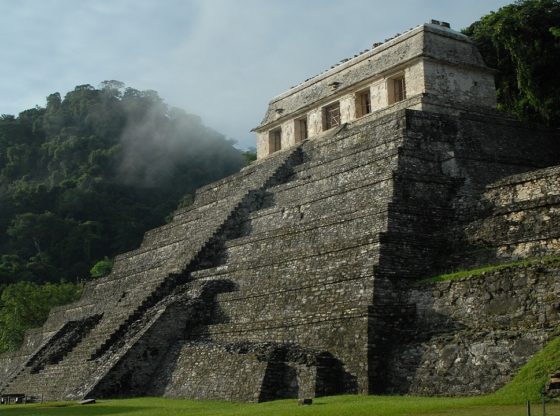
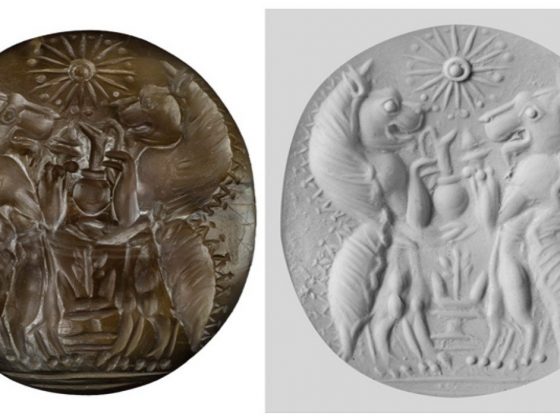
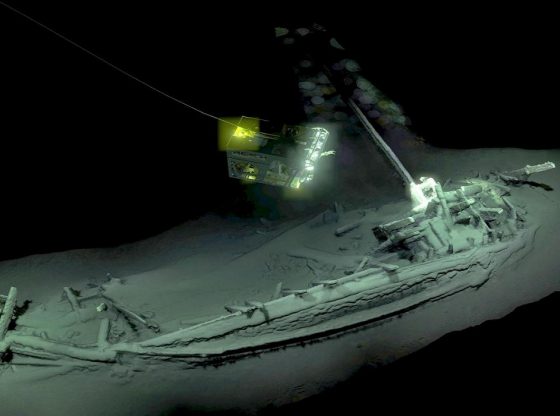

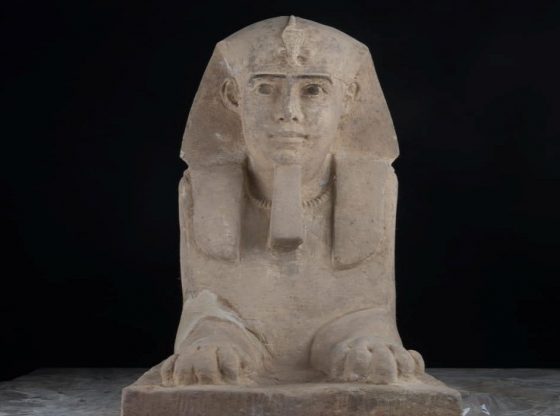


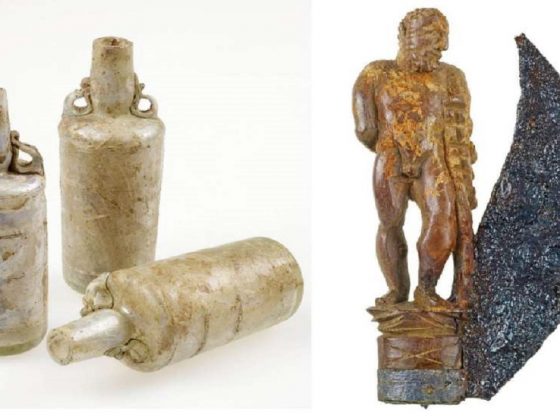

![OpenAI. (2025). ChatGPT [Large language model]. https://chatgpt.com](https://www.illustratedcuriosity.com/files/media/55136/b1b0b614-5b72-486c-901d-ff244549d67a-350x260.webp)
![OpenAI. (2025). ChatGPT [Large language model]. https://chatgpt.com](https://www.illustratedcuriosity.com/files/media/55124/79bc18fa-f616-4951-856f-cc724ad5d497-350x260.webp)
![OpenAI. (2025). ChatGPT [Large language model]. https://chatgpt.com](https://www.illustratedcuriosity.com/files/media/55099/2638a982-b4de-4913-8a1c-1479df352bf3-350x260.webp)








